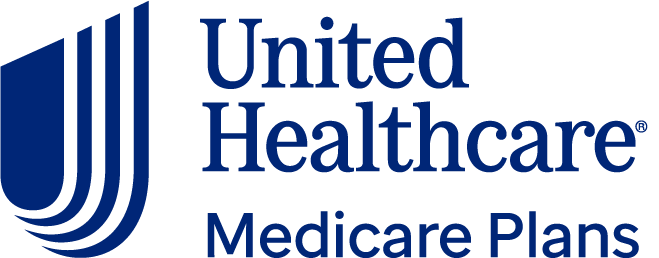What Is Medicaid, and Who Is Eligible?
This national program is the single biggest source of health care coverage in the country.

Many, or all, of the products featured on this page are from our advertising partners who compensate us when you take certain actions on our website or click to take an action on their website. However, this does not influence our evaluations. Our opinions are our own. Here is a list of our partners and here's how we make money.
Medicaid is a free or low-cost national public health insurance program covering more than 74 million Americans, including eligible low-income adults, pregnant women, children, older adults and people with disabilities.
Medicaid is the single biggest source of health insurance in the country, insuring about 1 in 5 Americans.
Although Medicaid is funded by both individual states and the federal government, it’s managed by states. Each state may also call its Medicaid program by a different name. For instance, in Hawaii it’s called Med Quest, and in Louisiana the program is called Healthy Louisiana. (Check the name in your state.)
Medicaid eligibility
Eligibility for Medicaid varies by state, but the following rules traditionally apply:
You must be a resident of the state in which you’re applying.
Your financial situation would typically be defined as low income or very low income.
You must be a U.S. citizen or a qualified noncitizen, such as a lawful permanent resident.
States are legally required to cover certain groups of people, including low-income families, qualified pregnant women and children, adult children with disabilities, older adults and people getting Supplemental Security Income, or SSI. (See the full list of groups with mandatory eligibility.)
Other coverage categories are optional, and states can choose whether they’ll cover those individuals.
Thanks to the Affordable Care Act of 2010, states have the option to broaden Medicaid to cover almost all low-income Americans under age 65 (including those with no minor children). Most states have expanded coverage, but several have not yet done so. See this map of states that have (or haven’t) expanded coverage.
Shopping for Medicare plans? We have you covered.

3.93
CMS Star Rating
from UnitedHealthcare

3.63
CMS Star Rating
from Humana
What Medicaid covers
Under federal law, state Medicaid programs are required to cover services including inpatient and outpatient hospital visits, physician services, labs and X-rays, family planning services and certified pediatric and family nurse practitioner services.
Optionally, state Medicaid programs can cover items like physical therapy, occupational therapy, dental care, podiatry, optometry and hospice, among other services. All states currently cover outpatient prescription drugs, although that’s not a required benefit.
You can check the full list of mandatory and optional benefits.
What Medicaid costs
Medicaid is often free, but states may charge premiums and have cost-sharing requirements for people who enroll, including copays, coinsurance and deductibles. There’s a limit on out-of-pocket costs, but individuals with higher incomes may face higher charges. Some groups of people are exempt from out-of-pocket costs, such as children under age 18 or people receiving hospice care.
States have the option to charge different copays for generic and brand-name drugs, and they also may charge higher copays for visits to a hospital emergency department for nonemergency services.
Medicaid vs. Medicare
Medicaid and Medicare are both government-run health care programs, but they serve different populations:
Medicare is a health insurance program that mainly serves people ages 65 and older, no matter their income level.
Medicaid provides health insurance to low-income and vulnerable people of all ages.
It’s possible for some people to get both Medicaid and Medicare.
How to apply for Medicaid
The process to apply for Medicaid will depend on your state, but typically you can go through the Health Insurance Marketplace or your state Medicaid office.
Apply through the Health Insurance Marketplace: Visit Healthcare.gov to see if you qualify for Medicaid in your state. If you fill out an application and you or someone in your household qualifies for Medicaid, the state agency will get in touch.
Apply through your state Medicaid office: Find your state agency’s website and look for information about eligibility and enrollment.
For more information about Medicaid, visit Medicaid.gov or contact your state Medicaid agency.

